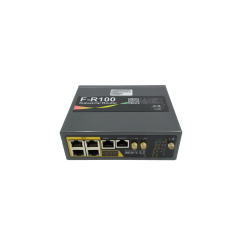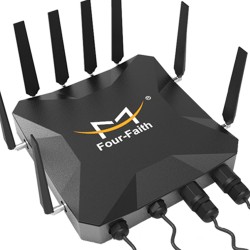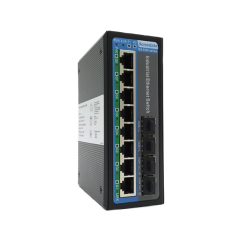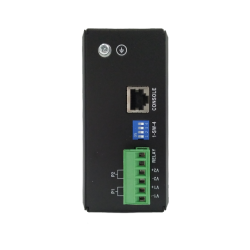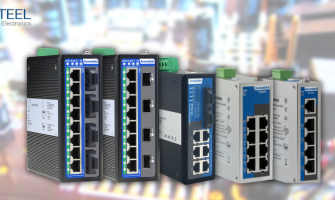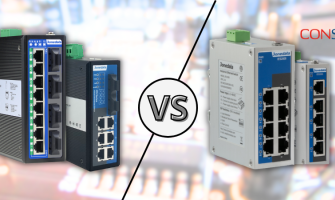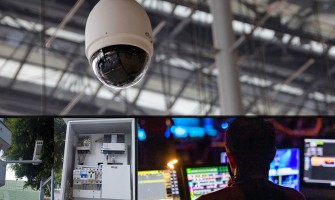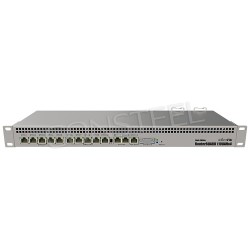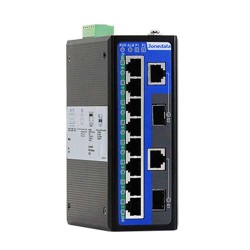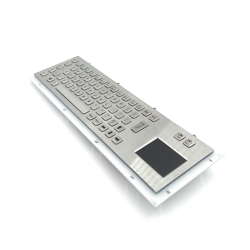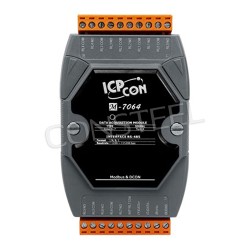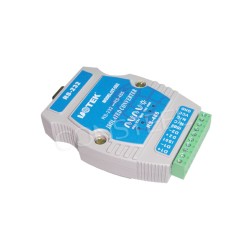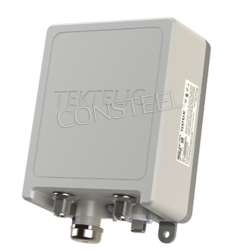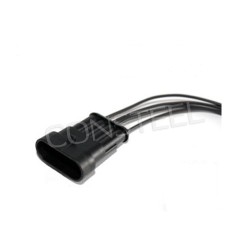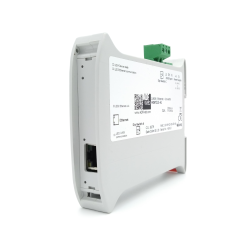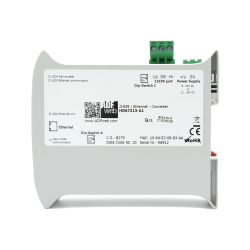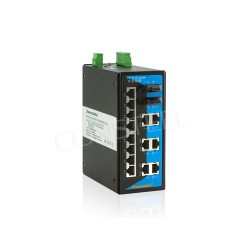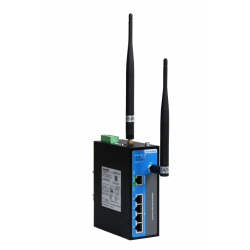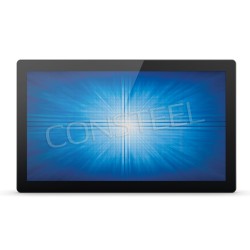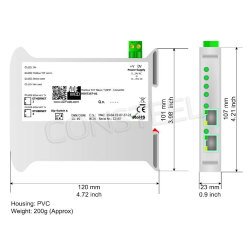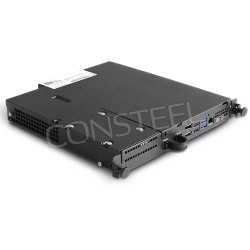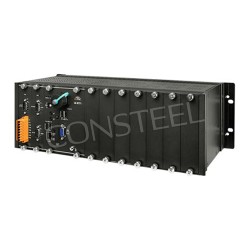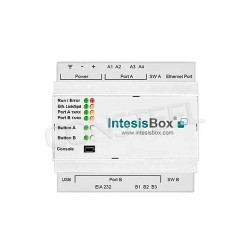Improving traffic safety and traffic management with variable message signs (VMS)

Variable Message Signs (VMS) have revolutionized the way traffic information is communicated to drivers on highways and city roads. These dynamic electronic displays offer real-time updates on traffic conditions, weather alerts, closed roads and other important information, helping to improve road safety and optimize traffic flow. Behind the scenes, a sophisticated network of industrial equipment and technologies powers these installations, ensuring reliability, flexibility and seamless operation. Let's take a look at the industrial components and equipment used in creating VMS installations.
What are variable message signs (VMS)?
Variable Message Signs (VMS), also known as dynamic content signs or digital road signs, are electronic displays used to provide real-time information to drivers on the road. These signs typically feature LED or LCD displays that can display text, symbols and graphics to convey traffic messages, travel times, closed lanes and emergency alerts. VMS installations are strategically placed along highways, expressways and urban zones to provide drivers with up-to-date information and improve overall traffic management.
Equipment and industry solutions used in VMS installations
Industrial switches and network equipment: Industrial Ethernet switches and network equipment are the backbone of VMS installations, facilitating reliable communication between control centers, VMS displays and peripherals. The switches are designed to withstand harsh environments, extreme temperatures and electromagnetic interference, ensuring continuous operation in outdoor environments. A industrial Ethernet switch that could be a great example for use in such a VMS network is the IES6300 with a range of security features and optional PoE power
Industrial routers: Routers used in video management system (VMS) installations typically need to have specific features to effectively meet the requirements of a video surveillance network. They are high-performance models so that they can meet the bandwidth requirements of streaming video data from multiple cameras simultaneously without lag or frame loss. They support dual WANs and virtual LANs(VLANs) and have high security features (firewall, VPN support, access control lists and IDS/IPS intrusion detection/prevention systems) to manage the network remotely and securely. An example of such an industrial router used in VMS applications could be, for example, the F-NR200 or the F-R100-FL.
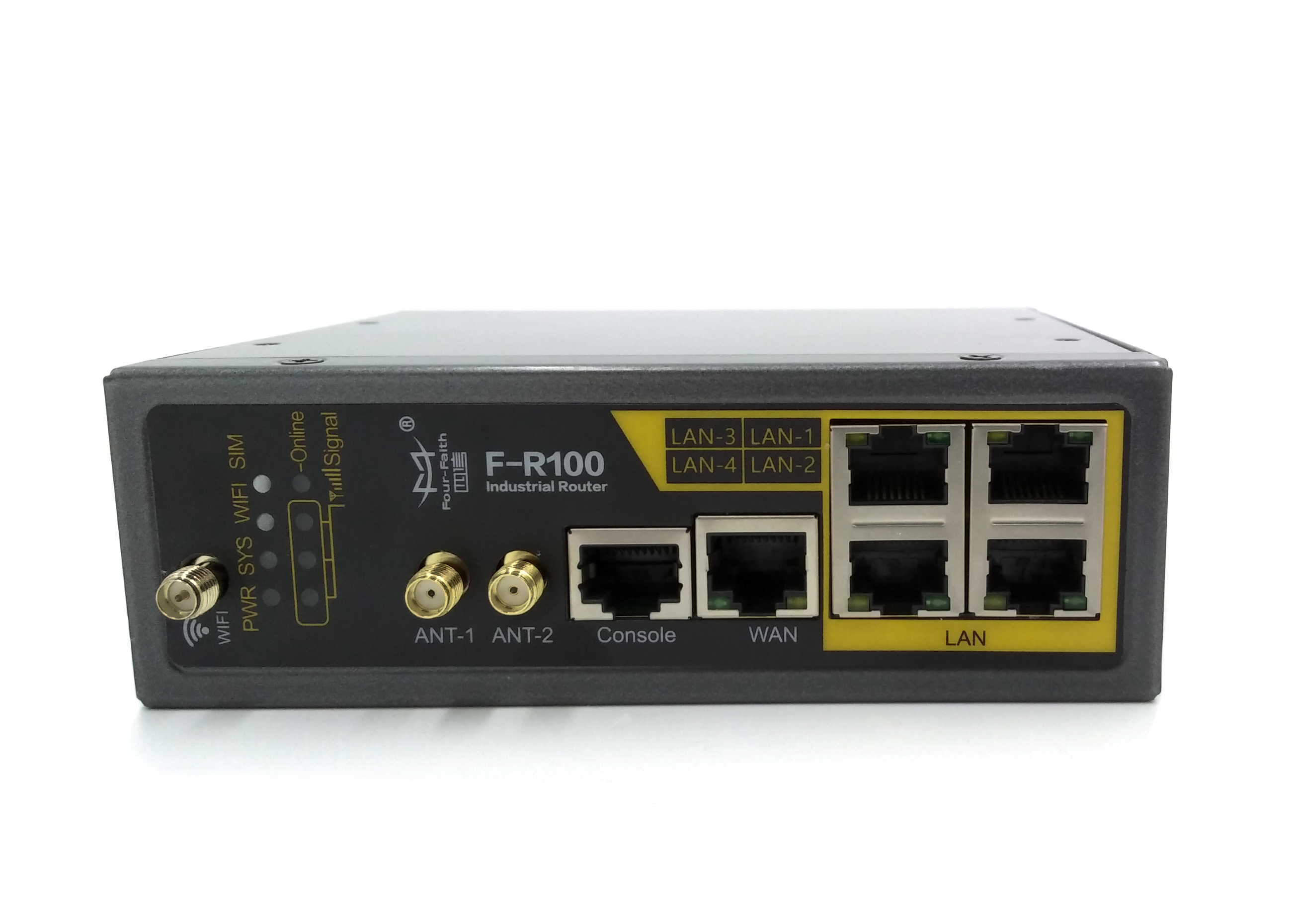
Motion management controllers:Motion management controllers serve as central command units for VMS installations, receiving real-time data from motion sensors, surveillance cameras and control centers to dynamically update VMS displays. These controllers are equipped with advanced software algorithms for traffic monitoring, event detection and message scheduling, enabling adaptive response to changing traffic conditions.
Communication protocols and standards: Industrial devices used in VMS installations are compatible with standard communication protocols such as Modbus, Profibus and TCP/IP to ensure interoperability and compatibility with existing traffic management systems. These protocols allow seamless integration with traffic signal controllers, electronic tolling systems and centralized traffic management platforms for coordinated traffic control and monitoring. Sometimes, however, in order for the entire integrated system to operate smoothly, it is necessary to use a protocol converter to, for example, connect two networks of Modbus and Profibus
LED/LCD display panels: The visual centerpiece of a VMS installation, LED or LCD display panels provide high brightness and high contrast for optimal visibility in all lighting conditions. These display panels feature rugged construction, weatherproof enclosures and energy-efficient design that withstands outdoor exposure and minimizes maintenance requirements.
Power supply and surge protection: Power supplies and surge protectors such as industrial-grade separators and repeaters are essential components of VMS installations, ensuring reliable and uninterrupted operation in the face of voltage fluctuations, lightning strikes and other electrical disturbances. These devices protect sensitive electronics and prevent damage to critical infrastructure components, minimizing downtime and service disruption.
Applications of VMS in traffic management
Dissemination of traffic information: VMS installations provide drivers with real-time traffic information, including traffic jam warnings, lane closures, detours and travel recommendations. By informing drivers of changing road conditions, VMS installations help minimize traffic congestion, reduce travel time and increase overall road safety.
Emergency management and incident response: During emergencies such as accidents, natural disasters or hazardous material spills, VMS installations can quickly communicate emergency warnings and evacuation instructions to drivers, guiding them to safety and facilitating rescue efforts.
Construction and road work zone management:In construction and work zones, VMS installations inform drivers of upcoming road works, lane closures and temporary traffic arrangements. By providing drivers with clear and concise instructions, VMS installations help improve site safety, reduce traffic congestion and minimize the risk of accidents.
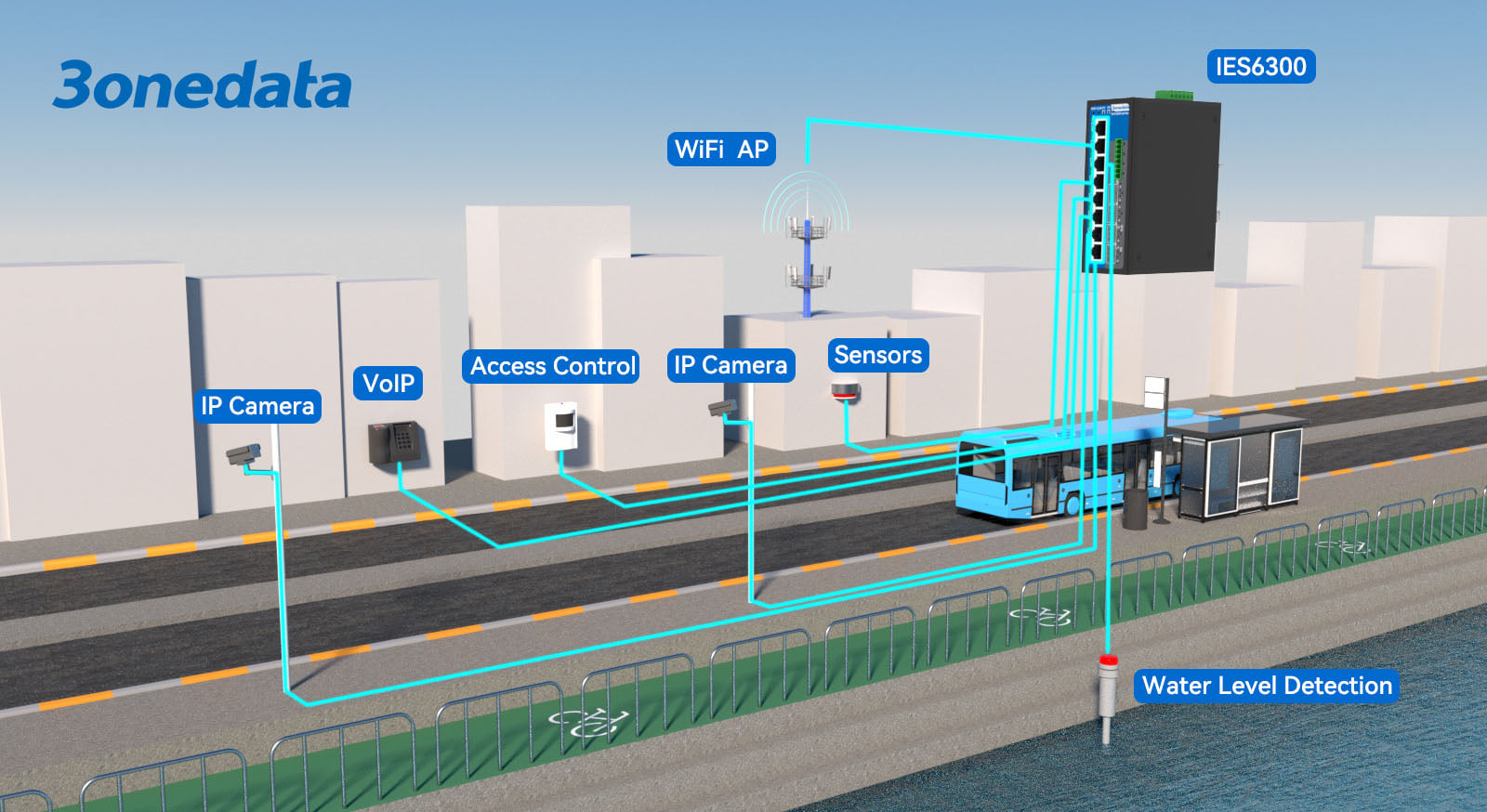
Weather and environmental alerts: VMS variable content signs can display weather alerts, severe weather warnings and environmental advisories to drivers, allowing them to adjust their travel plans and take appropriate precautions. By proactively communicating weather-related hazards, VMS installations help reduce the risk of weather-related accidents and improve overall road safety.
In summary, variable message signs (VMS) play a key role in modern traffic management and road safety initiatives, providing drivers with real-time information and guidance on how to navigate the roads safely and efficiently. Behind the scenes, a robust infrastructure of industrial equipment and technologies powers VMS installations, ensuring reliable communications, seamless operation and efficient traffic management in diverse environments. As technology continues to evolve, VMS installations will continue to play a key role in enhancing road safety, optimizing traffic flow and improving the overall driving experience for drivers around the world, with devices used to create networks such as the industrial PoE switch, protocol converter, repeater, separator, sensors or IP cameras will be upgraded and improved all the time so that the variable content sign network is a smart installation with a real impact on the operation of cities and highways.













